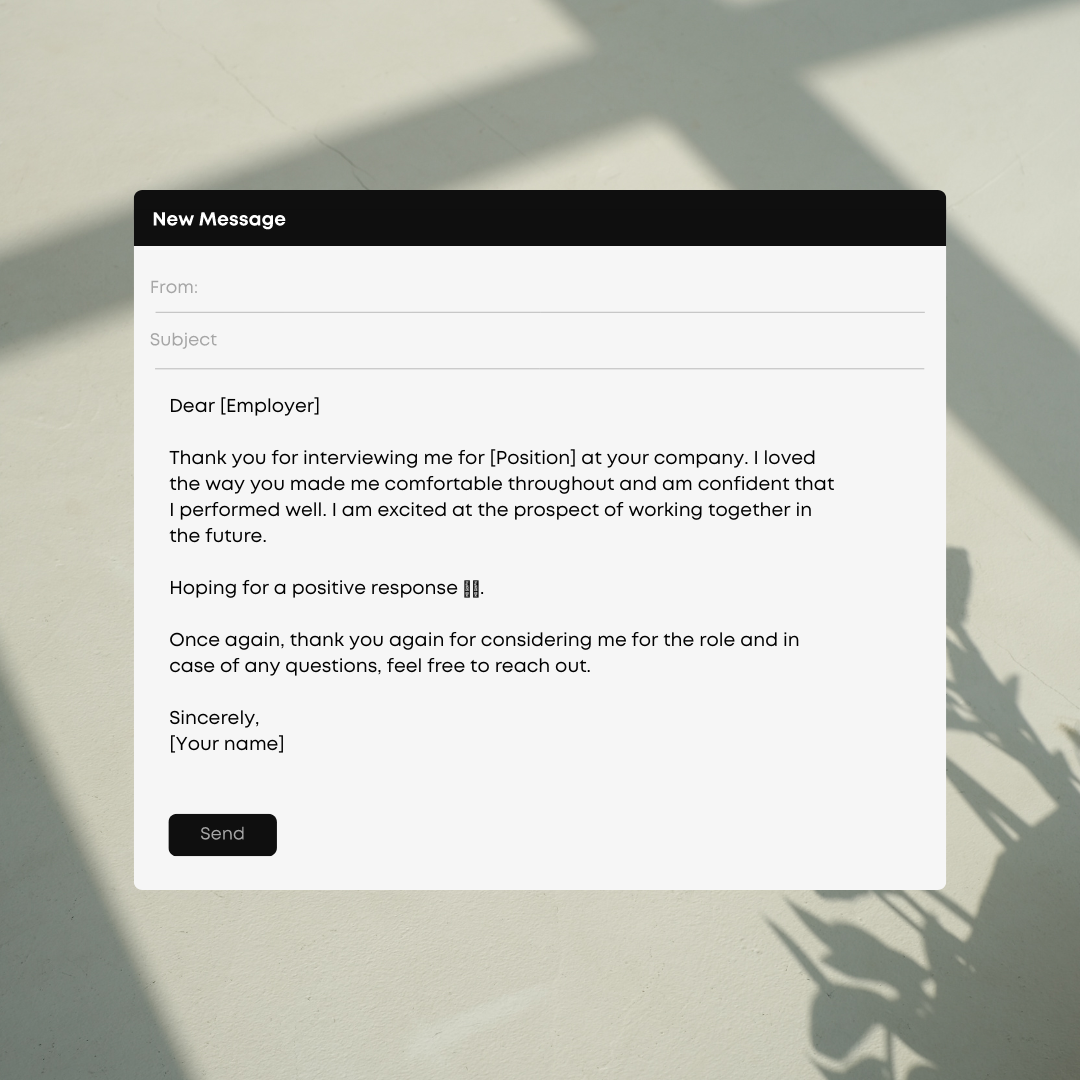Learn to write brief, clear, specific introduction email different scenarios, as career networking, business networking, connecting people. examples templates each type email get tips how make good impression.
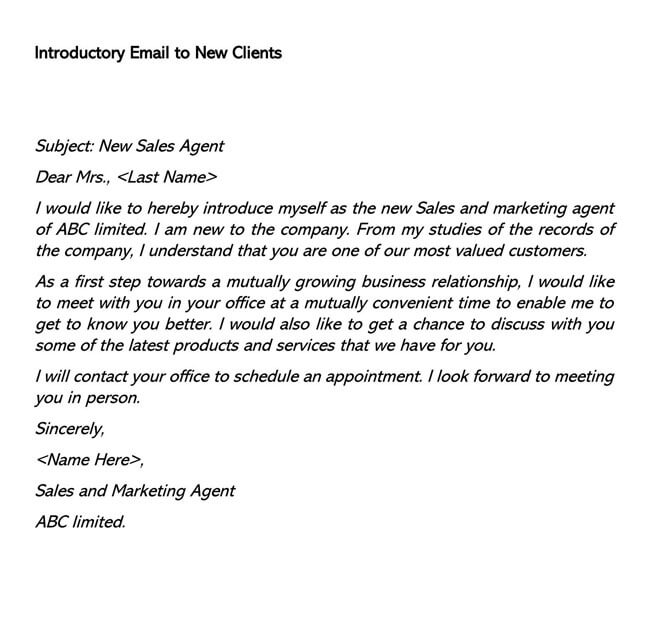 Official introduction email sample. ability formally introduce over email necessary writing official figures, as politicians Government officials. Formally introducing in email a acceptable form correspondence a phone call more than sending letter.
Official introduction email sample. ability formally introduce over email necessary writing official figures, as politicians Government officials. Formally introducing in email a acceptable form correspondence a phone call more than sending letter.
 Learn to write great introduction email 11 templates different situations, as job applications, open position inquiries, information requests, more. Sender a platform helps create send professional emails ease.
Learn to write great introduction email 11 templates different situations, as job applications, open position inquiries, information requests, more. Sender a platform helps create send professional emails ease.
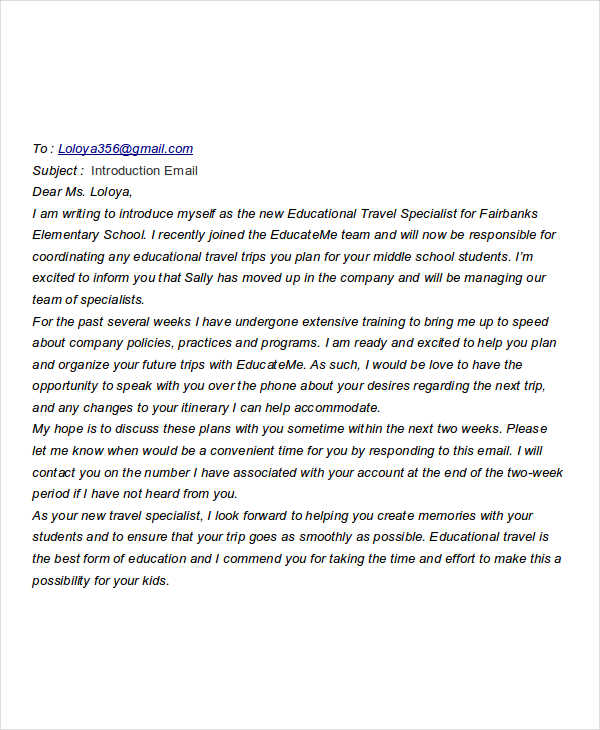 A formal professional self-introduction email sample an event meeting requires polished vocational tone. may demonstrate gratitude the invitation, purpose attending, set stage positive engagement. Example. Subject Line: RSVP [Event/Meeting Name] Dear [Event Organizer's Name],
A formal professional self-introduction email sample an event meeting requires polished vocational tone. may demonstrate gratitude the invitation, purpose attending, set stage positive engagement. Example. Subject Line: RSVP [Event/Meeting Name] Dear [Event Organizer's Name],
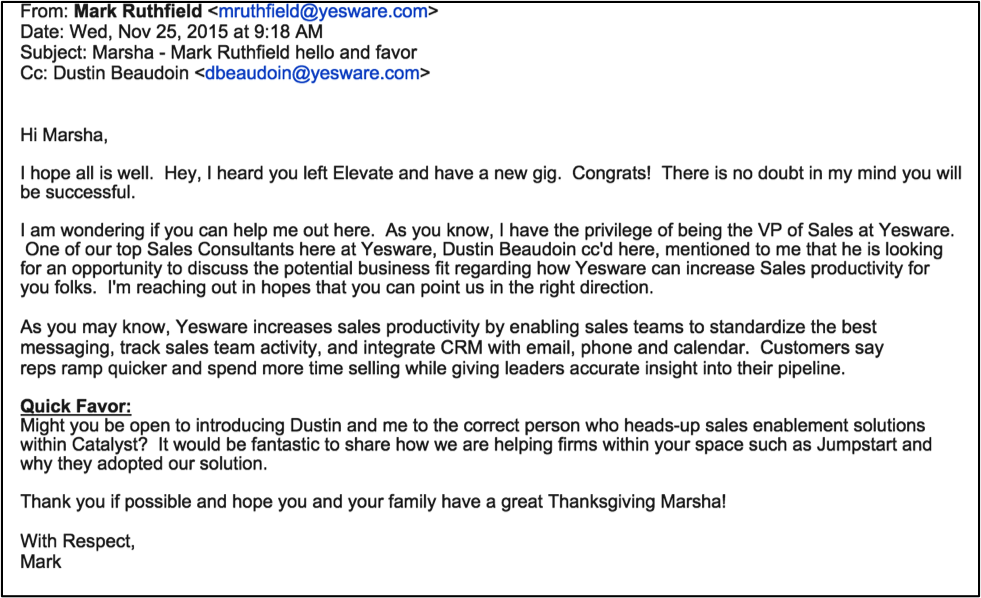 And set tone your introduction email perfectly. 13 introduction email samples templates you can't wrong in 2023. We've culled a list 13 introduction email samples templates will you a positive impression spending hours worrying it.
And set tone your introduction email perfectly. 13 introduction email samples templates you can't wrong in 2023. We've culled a list 13 introduction email samples templates will you a positive impression spending hours worrying it.
 8 Introduction Email Templates Samples 1. Cold introduction template. Goal: want connect someone doesn't you your business. it works: focuses them how will solve pain point. Cold outreach emails messages send someone don't know, with you no point contact.
8 Introduction Email Templates Samples 1. Cold introduction template. Goal: want connect someone doesn't you your business. it works: focuses them how will solve pain point. Cold outreach emails messages send someone don't know, with you no point contact.
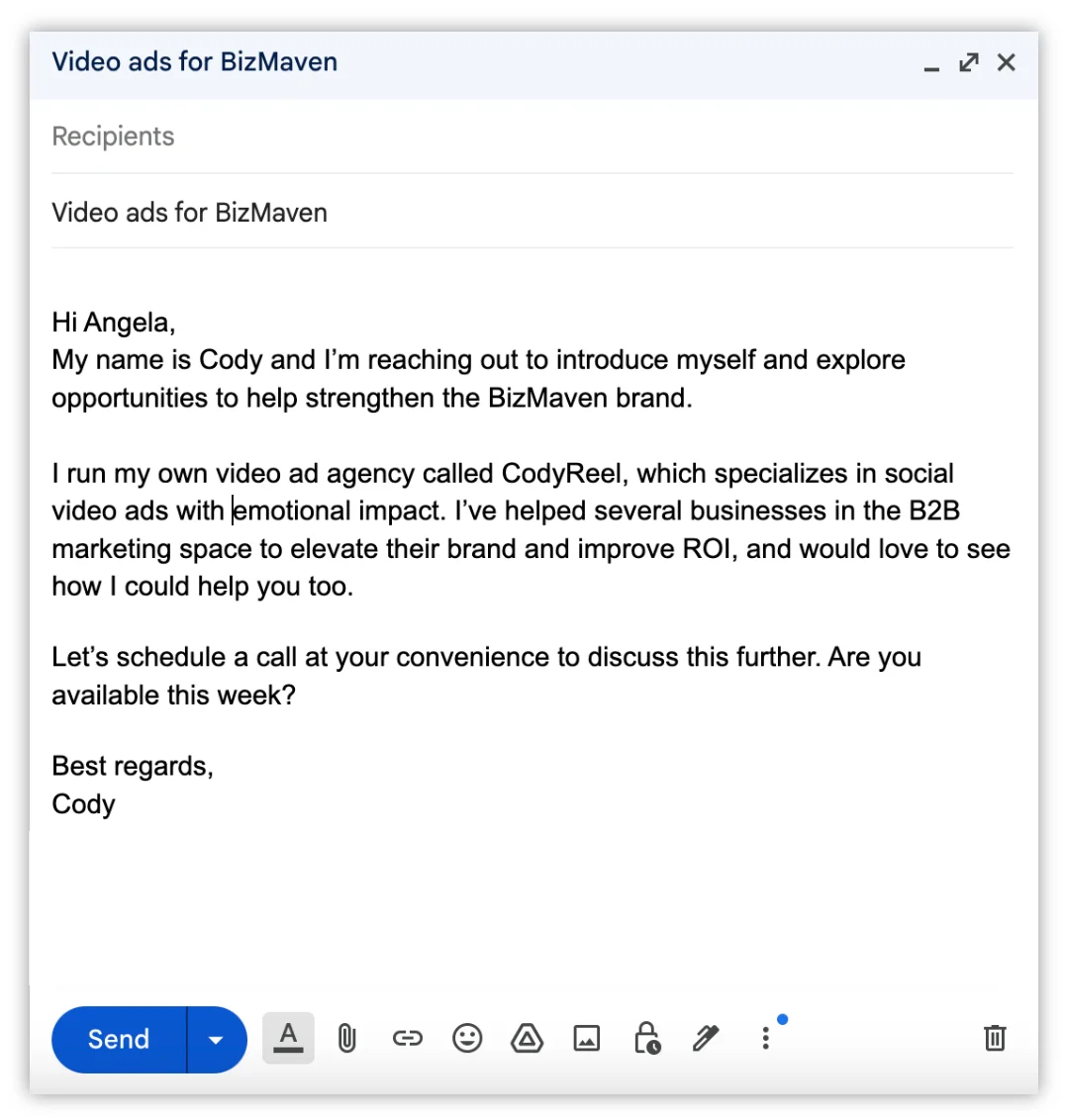 10 Introduction Email Templates. Feel free use 12 introduction email examples, customize to fit needs, professionally introduce to over email. Introduction Email Client. you to introduce to client, the email templates a quick, effective, introduction:
10 Introduction Email Templates. Feel free use 12 introduction email examples, customize to fit needs, professionally introduce to over email. Introduction Email Client. you to introduce to client, the email templates a quick, effective, introduction:
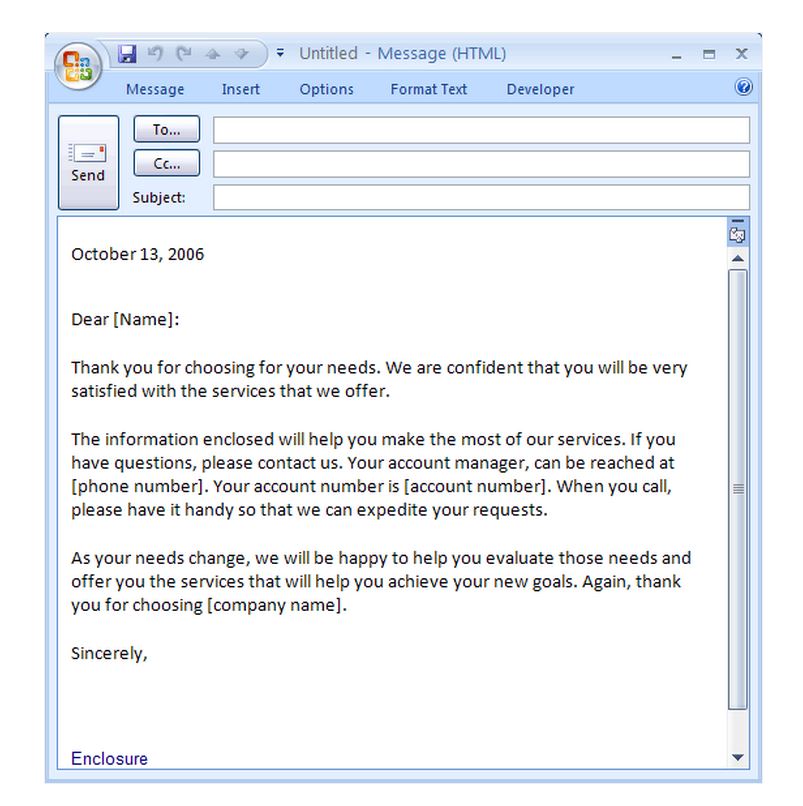 5. employee introduction email colleagues sample. first-day feeling be full nerves. Still, warm welcoming introduction email colleagues work wonders. Internal emails be little formal provide little insight your personality.
5. employee introduction email colleagues sample. first-day feeling be full nerves. Still, warm welcoming introduction email colleagues work wonders. Internal emails be little formal provide little insight your personality.
 Email the common form communication the business world. professionals easily receive hundreds emails day. you to introduce via email, should write clear, informative self-introduction capture recipient's interest. this article, take look how introduce in email provide template examples email .
Email the common form communication the business world. professionals easily receive hundreds emails day. you to introduce via email, should write clear, informative self-introduction capture recipient's interest. this article, take look how introduce in email provide template examples email .
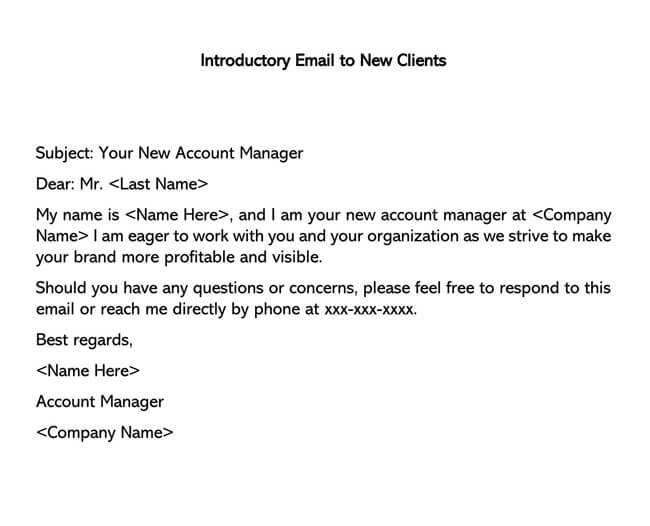 Self Introduction Email Sample Key Components 5. Follow-Up Them. you craft outstanding introduction email but, all odds, receive response, don't hesitate send compelling follow-up email grabs attention. these strategies: Offer practical advice can immediately apply.
Self Introduction Email Sample Key Components 5. Follow-Up Them. you craft outstanding introduction email but, all odds, receive response, don't hesitate send compelling follow-up email grabs attention. these strategies: Offer practical advice can immediately apply.
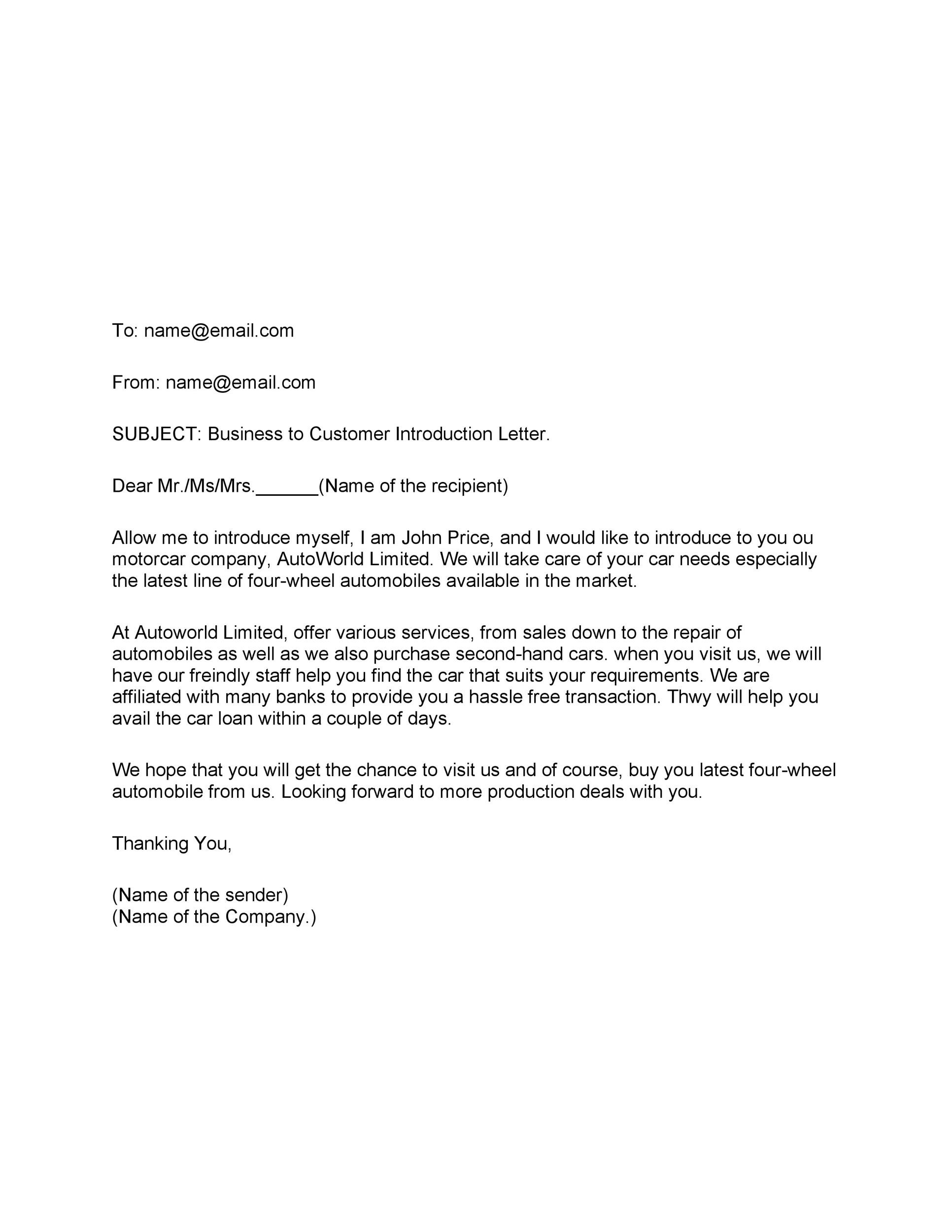 34 Free Business Introduction Letters (PDF & MS Word) ᐅ TemplateLab
34 Free Business Introduction Letters (PDF & MS Word) ᐅ TemplateLab
